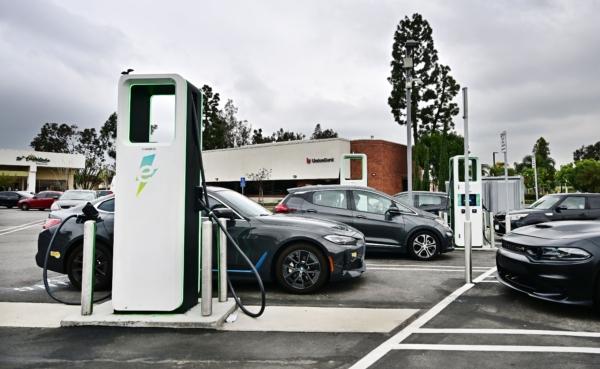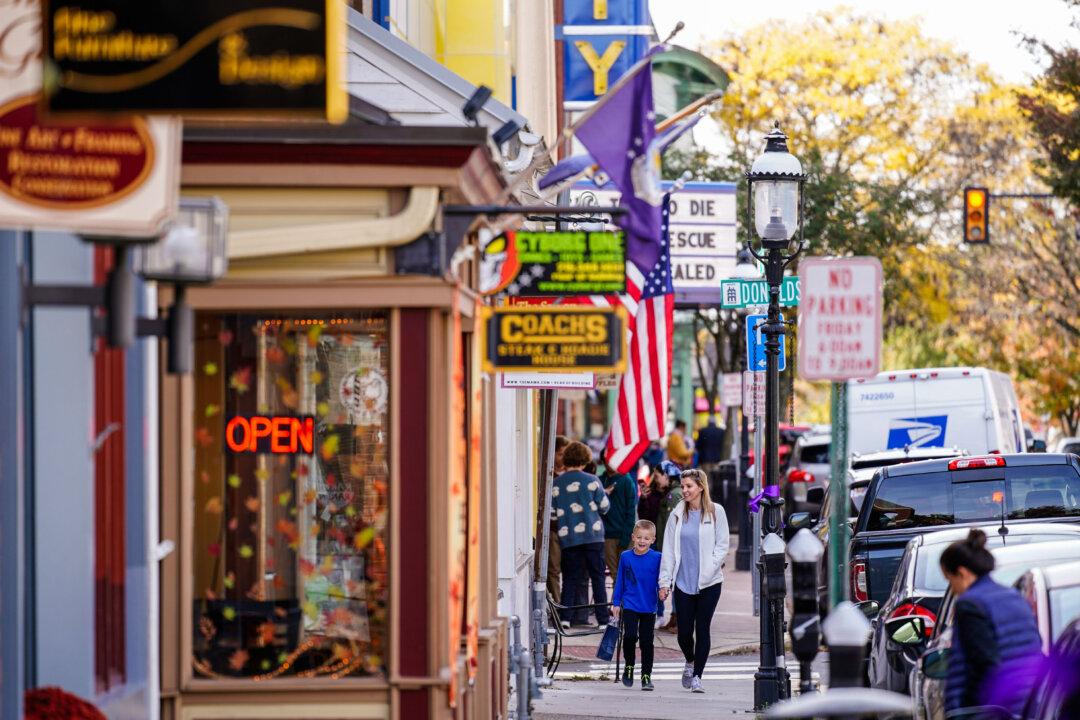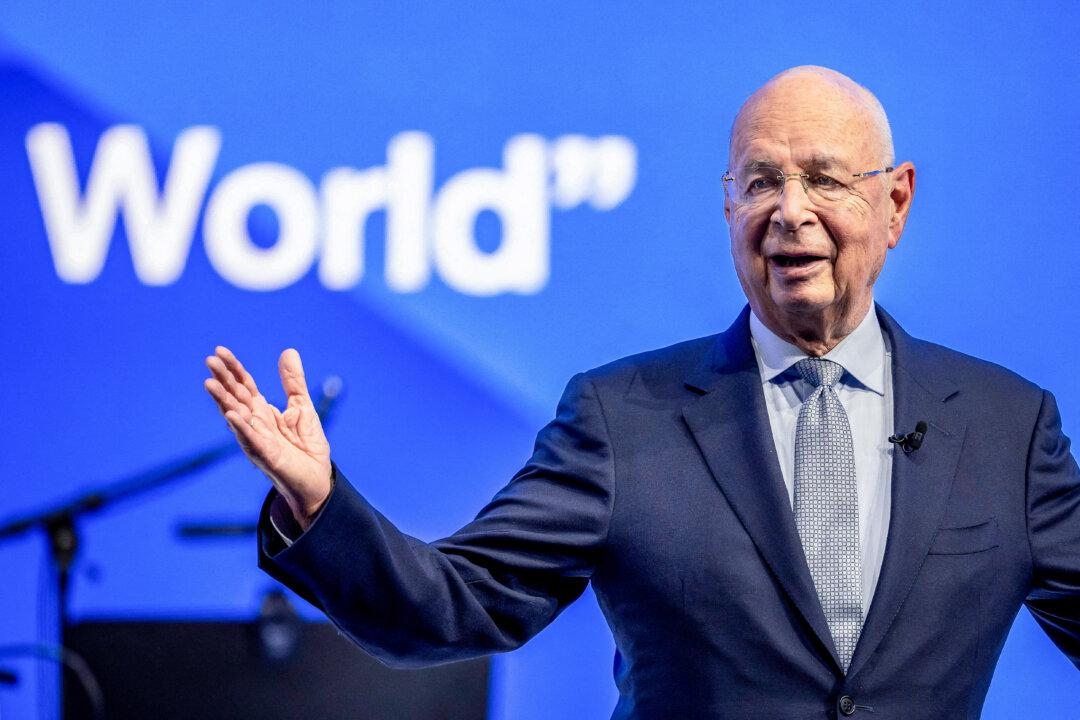A family called the police on Secretary of Energy Jennifer Granholm’s entourage after they were blocked from charging their electric vehicle (EV) by a nonelectric vehicle that took up the spot on behalf of the official’s EV.
When Ms. Granholm’s caravan of EVs decided to fast-charge in Grovetown, Georgia, the group realized that there weren’t enough chargers for each vehicle. One of the four chargers at the station was broken, and the other three were occupied.
A staffer from the Energy Department parked a nonelectric vehicle close to one of the working chargers to reserve a spot for Ms. Granholm’s vehicle. The fact that a gas vehicle was blocking the charging spot “upset” the family, who were inside their EV on a hot day with their baby, according to the reporter, and they subsequently called the police.
The sheriff’s office couldn’t do anything about the issue because it isn’t illegal for a non-EV to take a charging spot in the state, Ms. Domonoske said. Following the incident, department staff sent their vehicles to slower chargers until both the secretary and the family had enough room to charge their EVs.
EV Charging
Charging is a major issue for EV owners. In a February interview with ABC, Tony Quiroga, editor-in-chief of the magazine “Car and Driver,” said that he has been forced to wander the aisles of a Walmart while waiting for an EV he was testing to charge.“Longer trips bring up flaws with EVs. People are leery of taking them on long trips ... that’s why older EVs don’t have 40,000 miles on them,” he said.

Speaking to the outlet, YouTube personality Steve Hammes said that because of the long charging times, he feels “nervous” about allowing his 17-year-old daughter Maddie to use EVs.
“We’re going through the planning process of how easily Maddie can get from Albany to Gettysburg [College] and where she can charge the car,” he said. “It makes me a little nervous. We want fast chargers that take 30 to 40 minutes ... it would not make sense to sit at a Level 2 charger for hours.”
“Public charging can be difficult, as crowded charger locations extend wait times, and frequent downtime can make it hard to find a working location to begin with,” it said.
The survey found that EV owner satisfaction with Level 2 charging times fell to 455 points (out of a possible 1,000) while satisfaction with DC fast chargers fell by 30 points to 588. The declines are in addition to the general dissatisfaction with public EV charging, which has already hit its lowest-ever level since the survey began in 2021.
Adoption Divide
While the Biden administration is strongly pushing ahead with the EV transition, issues such as charging are posing a challenge for such plans. Other major problems with EVs are their driving ranges and high cost.While 42 percent of survey respondents cited the high cost of EVs as a major concern, 39 percent were worried about the range of the vehicle on a single charge, and 33 percent were concerned about where to charge the EVs.
“The top 10 states with the highest overall EV adoption rates—California, Washington, Hawaii, Oregon, Nevada, Maryland, Arizona, Colorado, Utah, and Massachusetts—have continued to see EV adoption rates grow steadily, climbing year-over-year through the first half of 2023,” the study reads.
“Meanwhile, the states with the lowest levels of EV adoption—Michigan, Iowa, Kansas, Arkansas, Mississippi, Wyoming, Louisiana, South Dakota, West Virginia, and North Dakota—have gone in the opposite direction, with adoption rates declining on average in the first half of 2023.”
The organization predicted that EVs will command a 94 percent market share in California by 2035. On the other end of the spectrum, North Dakota is expected to see an EV market share of only 19 percent by that time.







